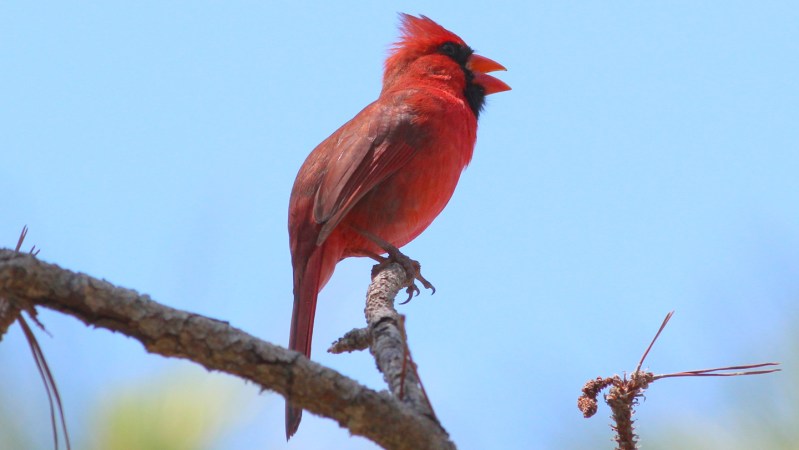Recent research indicates that in areas affected by light pollution, birds sing for an average of 50 minutes longer each day compared to their counterparts in less polluted environments. This observation raises significant questions about the potential impacts of artificial light on avian behavior and health.
Studies conducted by researchers at the University of California highlight how urbanization and increased artificial lighting can influence the natural rhythms of wildlife. The findings reveal a notable correlation between the extent of light pollution and the duration of bird song, suggesting that these creatures adapt their vocalizations to the altered environment.
Implications for Bird Health and Ecosystems
The extended singing time could have both positive and negative implications for birds. On one hand, longer singing sessions may enhance mating opportunities and territory establishment. On the other hand, the stress associated with constant exposure to artificial light could disrupt sleep patterns and overall health. According to a report from the Ecological Society of America, these behavioral changes could lead to long-term consequences for bird populations and their ecosystems.
The research team analyzed data collected from various locations across the globe, focusing on urban and suburban areas with varying levels of light pollution. Preliminary findings suggest that birds in brightly lit environments display altered circadian rhythms, which could impact their survival and reproductive success.
Further Research Needed
Despite these intriguing findings, the research team emphasizes the need for further studies to fully understand the implications of increased singing duration. The effects of prolonged exposure to light pollution on bird physiology and mental health remain largely unexplored.
Researchers are calling for a comprehensive investigation into how these changes affect various bird species and their roles within ecosystems. As urbanization continues to expand, understanding the consequences of light pollution on wildlife is becoming increasingly vital.
This research serves as a reminder of the delicate balance within ecosystems and the potential unforeseen effects of human activity on wildlife. As cities grow and artificial lighting becomes more prevalent, the implications for bird populations and biodiversity remain an urgent concern.
